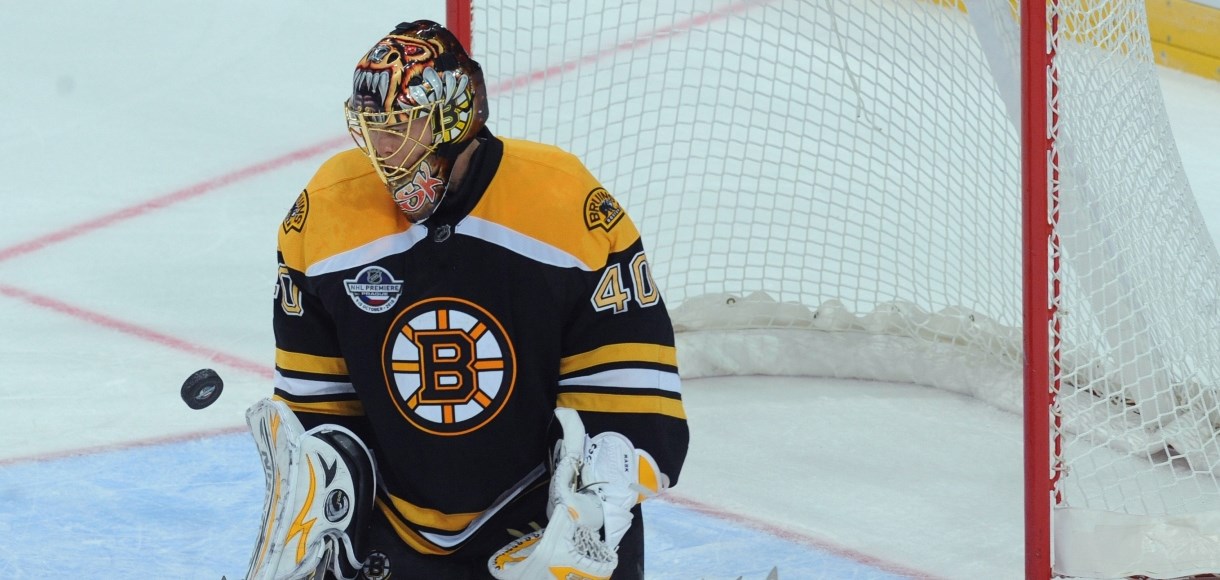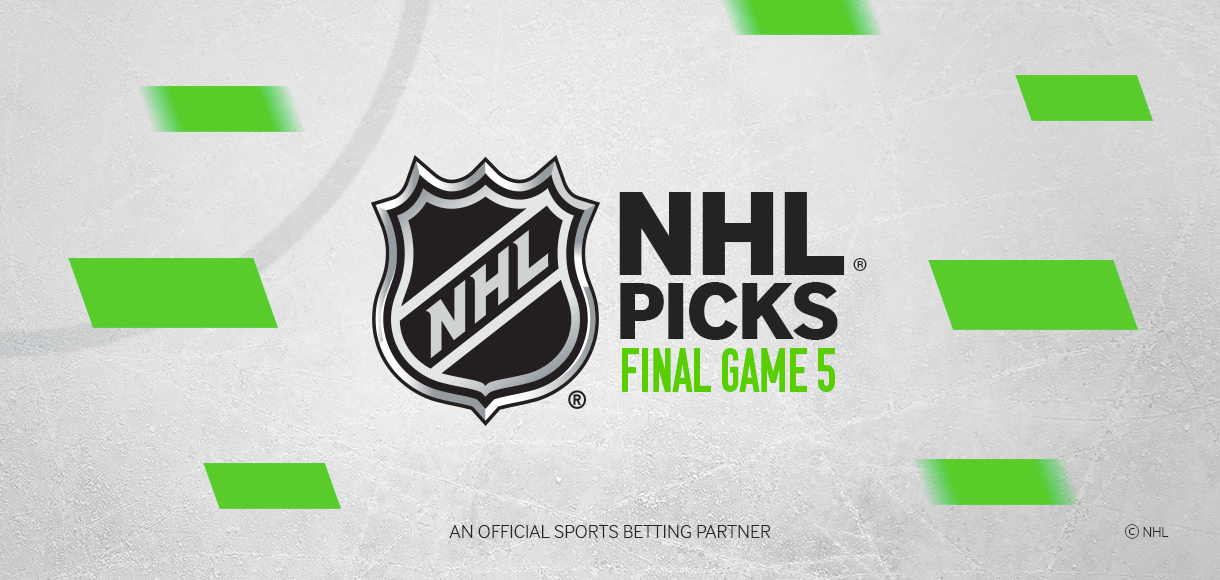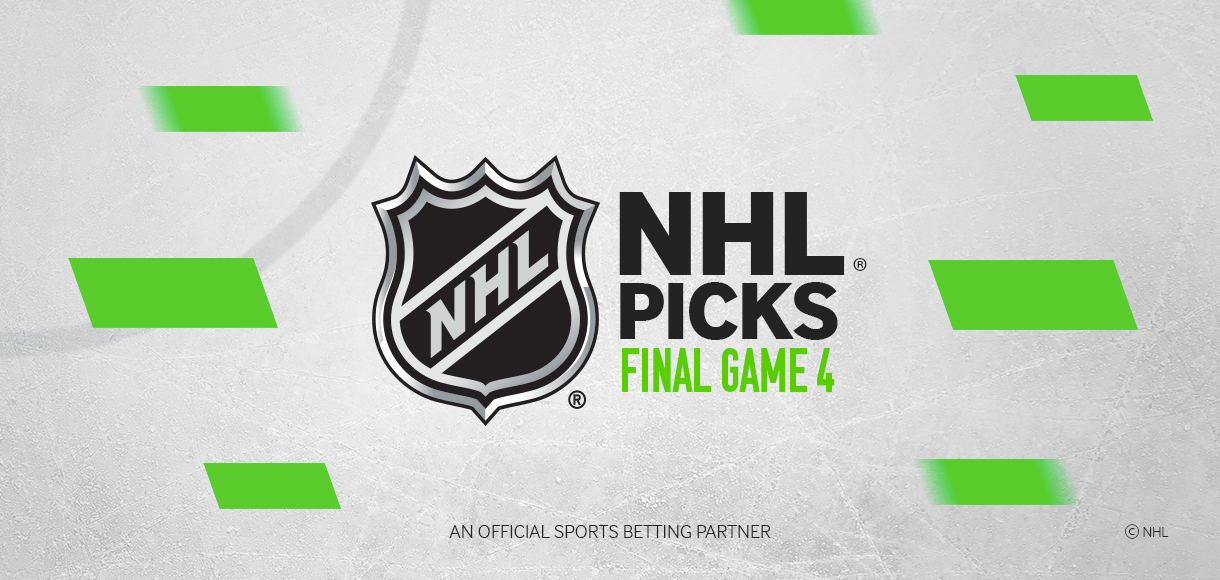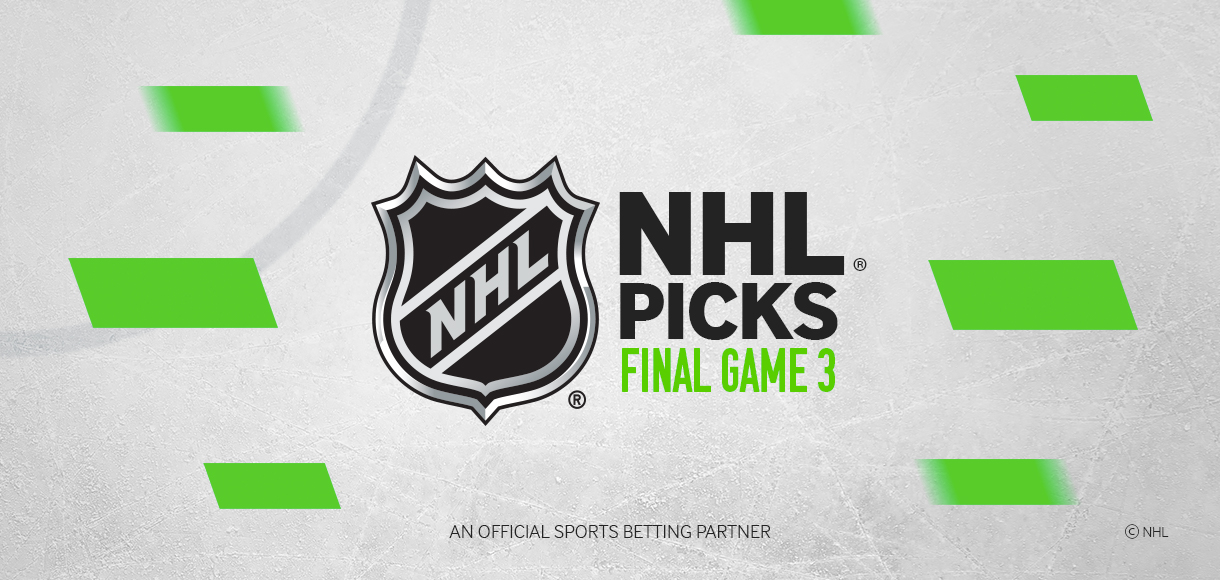Chris Peters: Which NHL goalies are handling short rest best?
 Source: Getty Images
Source: Getty Images
Our NHL expert reveals which goaltenders are performing well amidst a hectic schedule and explains how this may affect your betting decisions.
Check out the Betway Insider's NHL predictions page for best bets throughout the 2020-21 NHL season.
There is no more important position in hockey than that of the goaltender.
Who the starting goaltender might be is often one of the most crucial pieces of information we’re waiting on as we look to make a wager. Unfortunately, as we continually find out, NHL head coaches are not always forthcoming in giving advance notice of who will be between the pipes.
On top of that secrecy - which may provide a negligible strategic benefit to the teams that employ such tactics - we’re in a season unlike any other with a condensed schedule that has become more packed by postponements of dozens upon dozens of games. The rhythm to the season is all off from what can normally be expected.
That rhythm is also one of the essential factors in a coach’s decision on who to start in net. Almost every team in the NHL has at least one capable backup, with a few feeling so strongly about their No. 2 goalie that it’s more of a tandem situation where both netminders see time between the pipes.
Early indications this season, however, suggest that head coaches are playing their No. 1 goalie a lot - perhaps even more than they had initially planned coming into the season. With precious points on the line and playoff spots essentially up for grabs from day one of the season, most teams are trying to put their best foot forward in net, which means heavy usage for their top man.
Statistics have shown over the years that rest is best for goaltenders. The more games they play on fewer days rest, the lower their save percentage will often be in subsequent starts, and it’s almost always better to go with the back-up for at least one game of a back-to-back. The pacing of games, with teams often playing every other day, has put a little added workload on goaltenders.
Prior to Thursday night’s games, 19 goaltenders have appeared in games on one day’s rest – that includes some backups who only played a portion of one game before getting into the next one. Of those goaltenders, eight have put up a save percentage of .915 or better in their second game in three days.
The leader of that group is Anaheim Ducks goalie John Gibson, who has a .948 save percentage in seven games after just a one-day break. He has thrived on consistent work. Unfortunately for him, the team in front of him has not provided the scoring to translate to wins as the Ducks have the worst goals-for rate in the league right now.
Other goalies who have performed well on one day’s rest so far this season include Colorado Avalanche netminder Philipp Grubauer (.941 save percentage on one-day’s rest), Andrei Vasilveskiy of the Tampa Bay Lightning (.921), and perhaps most surprisingly, Vitek Vanecek of the Washington Capitals, who has a .925 save percentage on one-day’s rest despite owning a pedestrian .906 save percentage over the course of his 11 appearances to date.
The goalies who haven’t been as comfortable on limited rest include Mikko Koskinen, who was forced into repeated action by the Edmonton Oilers while Mike Smith was out injured. In eight appearances on one day’s rest, Koskinen sports an .892 save percentage. With Smith back, it’s unlikely he’ll have as many long strings where he’s getting played into the ground, but it was clear from the outset that such a setup was not going to be sustainable for the big Finn.
As of Thursday night, Maple Leafs goalie Frederik Andersen had appeared in more games on one day’s rest than any goalie in the NHL with 10. Backup Jack Campbell has been out for weeks with injury, and Toronto has had little choice but to keep going back to Andersen. He has a .907 save percentage in those games with a day break, which is slightly above his overall save percentage of .905.
Marcus Hogberg (.880) of the Ottawa Senators and Pittsburgh Penguins goalie Tristan Jarry (.885) are two other goaltenders to be wary of if they’re on short rest.
It also helps to know which teams have reliable two-goalie situations. This is especially true when coaches decide they’d rather not share their mindset on who will start their next game.
The Boston Bruins have been on the tandem train for a while now. They have a bona fide No. 1 in Tuukka Rask, but have also invested in a quality backup in Jaroslav Halak. The latter actually has the better save percentage of the two with a .938 mark. He’s also gone 4-0-1 when spelling Rask. The Bruins are good enough as a team to mean that who is in net often doesn't matter, but a Halak start might make you a little more likely to add them to your slip, especially when he’s only going every fourth or fifth day. He’s shown he can be sharp with inconsistent starts.
On the other side of the tandem spectrum is the Columbus Blue Jackets - neither Joonas Korpisalo nor Elvis Merzlikins have been consistently great this season. Korpisalo is the club’s clear No. 1, but he’s 5-4-3 with an .887 save percentage. Merzlikins is 2-2-1 with a .907 mark. The Jackets have been an enigmatic team this year with trade drama and woefully inconsistent efforts night to night. That’s probably less on the goalies and more on the team as a whole, but it makes it a lot tougher to make plays on.
As the season progresses, we’re going to continue to learn a lot more about how coaches are using their goaltenders. The idea that backups were going to play an awful lot is definitely not true for every team, but as more back-to-backs populate the schedule, you’re going to want to start paying a lot closer attention to how teams are using their goaltenders.
Goaltending is never 100 per cent predictable, of course. Even the best have their off nights, but the information we have now helps show which goalies are dealing with the frenetic pace of the season well and which ones are not.
It’s a trend worth keeping a close eye on.
Visit Betway's NHL lines page.




































